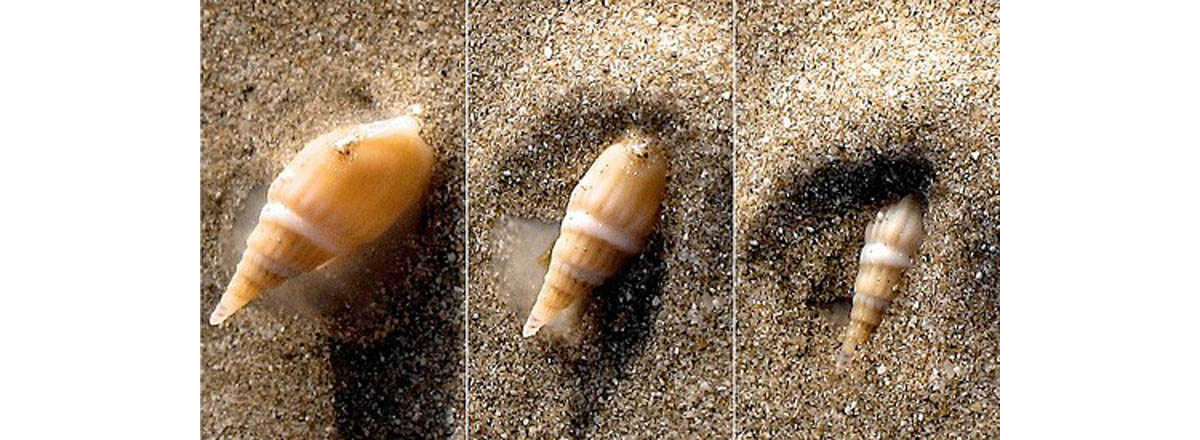Table of Contents
The fact that the conopeptides are so plentiful and that they work mostly on the level of the nervous system provides huge opportunities for scientists.

It also lacks the major drawback of opioid drugs like morphine – the addictive effect. The reason for that is a different drug target in the body. Prialt works on a completely different biochemical pathway, targeting so called calcium channels in nervous cells. Channel proteins are involved in transmission of neural signals, and their inhibition means that nerves are unable to perform their basic function. In the human body, Prialt targets only some specific nerves in the spinal cord. As a result, humans are not paralyzed by this component of snail venom, but get an analgesic effect instead.
The success of Prialt inspired further scientific search. The cells of the nervous system have an abundance of various receptors capable of responding to different environmental and chemical signals. Depending on a particular target, the response can be very different. Snail venom is packed with peptides capable of interactions with various receptors in the central nervous system. These peptides selectively aim at certain targets – receptors and proteins – in the cells of the nervous system. Hundreds of peptides from cone snails specifically target particular ion channels or specific forms of receptors in these cells.
Snail venom peptides: new drugs in the pipeline
Having a set of peptides capable of selectively activating various receptors in the brain presents an invaluable tool for both biomedical research and clinical applications. And the search does bring more and more fascinating discoveries.
All of these diseases are caused by the malfunctioning of certain components in the nervous system. The use of finely tuned molecular tools in the form of neurologically active conopeptides may help to adjust the delicate balance in the brain and address the causes of these problems.
Many of the peptides isolated from the snail venom can be used for multiple purposes. For instance, Conantokin-G from Conus geographus, one of the best characterized peptides from this mollusc, was shown to be active as a neuroprotective agent in brain injury, pain killer and a drug for epilepsy. Another conopeptide, κ-conotoxin PVIIA, has cardioprotective effects and was demonstrated to reduce the size of myocardial infarction in animal experiments.
At the moment, scientists have only started to uncover the rich natural pharmacopeia of cone snails. There are hundreds of other marine animals whose medicinal potential still waits to be unlocked.
- Han, T.S. et al. (2008) Conus venoms – a rich source of peptide-based therapeutics. Current Pharmaceutical Design 14, 2462-2479.
- Joseph, B. et al. (2011) Conotoxins: a potential natural therapeutic for pain relief. International Journal of Pharmacy and Pharmaceutical sciences 3, Suppl. 2, 1-5.
- Olivera, B.M. and Teichert, R.W. (2007) Diversity of the neurotoxic conus peptides. Molecular Interventions 7, 251-260.
- Olivera, B.M. et al. (2013) Snail Peptides. Chapter 61 in Handbook of Biologically Active peptides. 2nd Edition. Academic Press.
- Photo courtesy of lenbo on Flickr: www.flickr.com/photos/lenbo/1248478101
- Photo courtesy of birgerhoppe on Flickr: www.flickr.com/photos/birgerhoppe/5323990095

